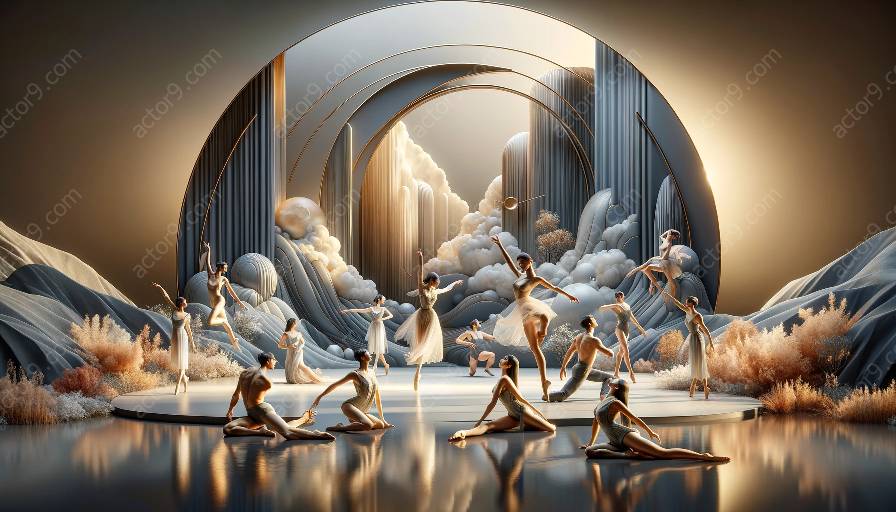Physical theatre and mask work are two distinct yet interconnected forms of artistic expression that have a profound impact on the world of performing arts. By understanding the relationship between the two and their integration with the elements of drama in physical theatre, we can gain a deeper appreciation for the techniques and storytelling capabilities they offer.
Understanding Physical Theatre
Physical theatre is a dynamic and expressive form of performance that emphasizes the use of the body as the primary instrument for storytelling. It often involves a combination of movement, gesture, and non-verbal communication to convey emotions and narratives without relying heavily on spoken dialogue. Physical theatre encourages performers to explore the expressive potential of their bodies, utilizing techniques such as mime, clowning, acrobatics, and dance to create compelling and evocative performances. The essence of physical theatre lies in the embodiment of characters and themes through physicality, allowing for a visceral and immersive experience for both performers and audiences.
Exploring Elements of Drama in Physical Theatre
Physical theatre incorporates various elements of drama to enhance its storytelling capabilities. These elements include plot, character, theme, language, rhythm, sound, and spectacle, each of which contributes to the overall impact of a physical theatre performance. By efficiently utilizing these elements, physical theatre can engage audiences on a multi-sensory level, creating a captivating and memorable experience.
Unveiling the World of Mask Work
Mask work, on the other hand, is an ancient and powerful theatrical tradition that involves the use of masks to convey emotions, characters, and narratives. Masks serve as transformative tools, allowing performers to embody different personas and archetypes with heightened physicality and expression. Through the use of masks, performers can transcend the limitations of their own identities, embracing the freedom to inhabit a diverse range of characters and bring forth ancient and universal stories.
Interweaving Mask Work with Physical Theatre
The relationship between physical theatre and mask work is a fascinating interplay of expressive techniques and storytelling methods. When merged, these two forms of artistic expression can create a powerful synergy that elevates the impact and depth of a performance. Mask work in physical theatre enables performers to embody characters with a remarkable physical presence, bringing forth nuanced emotions and archetypal qualities that resonate profoundly with audiences.
Impacts and Techniques
Integrating mask work into physical theatre requires a deep understanding of physical expression, movement dynamics, and emotional subtleties. Performers undergo rigorous training to master the art of manipulating masks, exploring the nuances of body language, and conveying emotions through physicality. The combination of mask work and physical theatre amplifies the visual and visceral aspects of performances, offering a unique and immersive experience that transcends traditional theatrical conventions.
Conclusion
The relationship between physical theatre and mask work is an intricate and enriching fusion of expressive forms. By delving into the depths of physical theatre, exploring the elements of drama, and uncovering the transformative potential of mask work, we unveil a world of storytelling possibilities that captivate and resonate with audiences on a profound level.




































